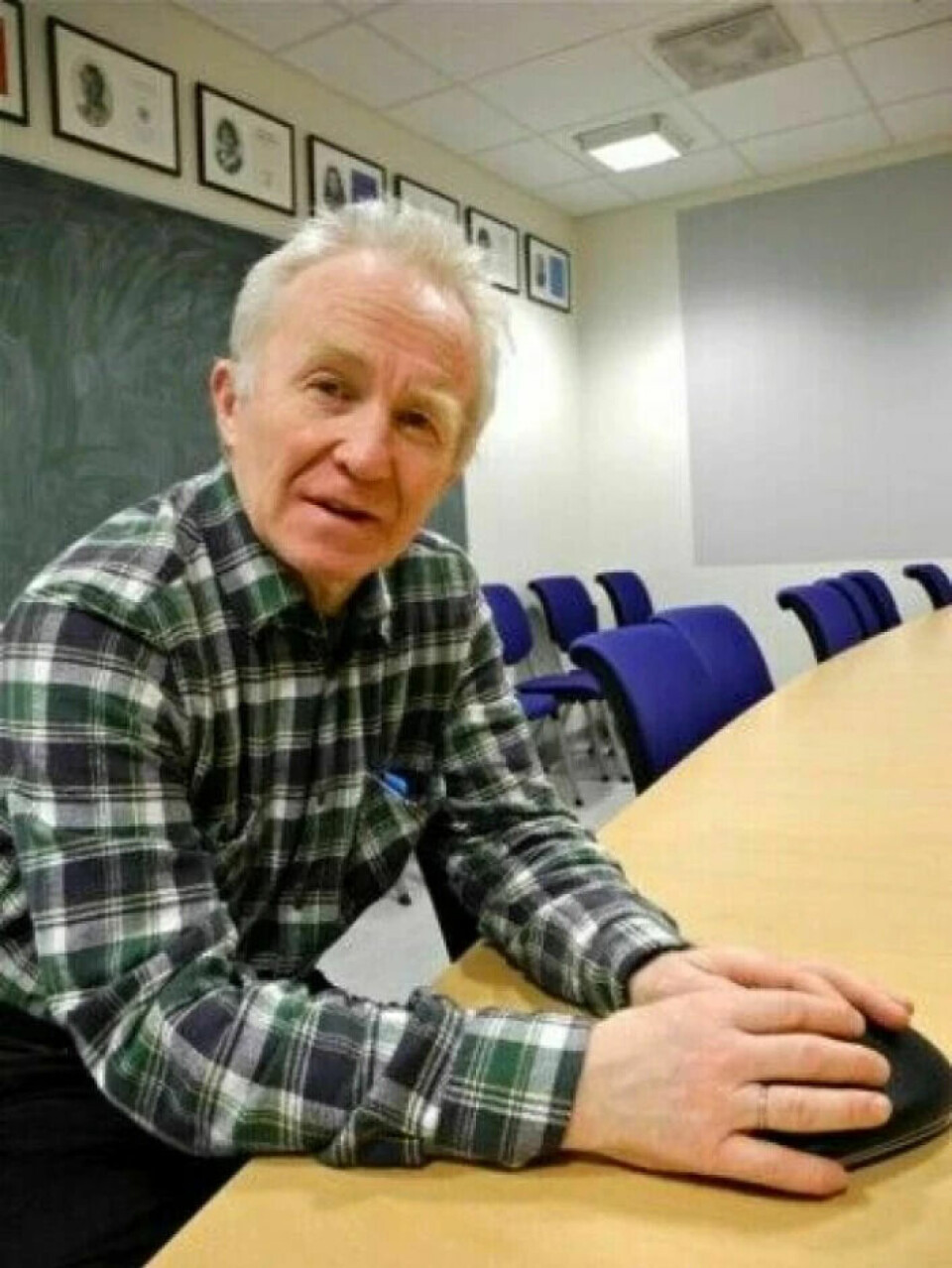
Free infertility treatment would be good for society says professor
There have been enormous advances in assisted reproductive technology. Nevertheless, the number of involuntarily childless individuals has increased. Can free treatment help more people?
“For society, it would be beneficial if infertility treatment became free,” Finn Egil Skjeldestad says.
He is a professor at UiT the Arctic University of Norway. In a recent study, he examines the trends in pregnancy and childbirth in Tromsø in northern Norway.
The data is based on the Tromsø Study, a unique study conducted on the population of Tromsø for more than 50 years.
From 4 to 6 per cent in 50 years
The researchers have asked women if they have experienced periods of at least 12 months of trying to conceive without success.
A total of 11,064 women born between 1916 and 1975 have participated in this study.
The first women to participate were born in the period 1916 – 1955. Among them, around 4 per cent wanted to become pregnant but never had children.
This is what the researchers call primary involuntary childlessness.
Among the youngest women participating in the study, those born between 1956 and 1975, the percentage had risen to 6 per cent.
Secondary involuntary childlessness, meaning women who have had children but have not been able to have more despite wanting to, is even higher.
It was highest among the youngest, at 10 per cent. For the other cohorts, it has been between 6 and 7 per cent.
This data is consistent with studies conducted in Great Britain and Scotland, according to Skjeldestad.

Delaying childbirth
There has been significant attention given to involuntary childlessness and its causes in recent years.
The researcher believes that the increase they find is relatively small.
“The increase we find, both in primary and secondary infertility, can be attributed to women having their first child later in life. Women with secondary infertility may have more children with different fathers and are older when they try again. However, the study does not have the data to examine the cause of childlessness,” he points out.
Skjeldestad is not very concerned about Norwegian women's infertility, unless the country would experience an obesity trend similar to that in the USA.
Fertility problems are not new
Obesity strongly affects fertility.
The researcher considers obesity a much bigger problem for infertility than environmental problems and is sceptical about whether theories of declining sperm quality among men significantly affect childbirth.
“We must take this research seriously, but women become pregnant regardless of whether men have many million sperm or just a few hundred thousand,” Skjeldestad says.
Moreover, historical sources show that infertility has been a problem for humanity throughout history.
“Even in ancient times, this was a topic of concern. They were focused on helping everyone who wanted children to have them, but even back then, there were childless couples and plenty of advice on how to conceive,” he says.
More people choose not to have children
The proportion of women who choose voluntary childlessness has also increased, as shown in the Tromsø Study.
According to Skjeldestad, this is the type of childlessness that has increased the most.
Voluntary childlessness increased from between 5 and 6 per cent among those born between 1916 and 1955, to between 9 and 10 per cent among those born between 1956 and 1975.
“These are women who have no children and have not tried to become pregnant. We have chosen to define these as voluntarily childless,” he says.
Researchers observe that women who consciously choose not to have children tend to have slightly higher education levels than other women.
Many more become pregnant with assistance
Involuntary childlessness was difficult to treat when the Tromsø Study began in 1974.
There have been tremendous advancements in assisted reproductive technology in the last 50 years. The most recent generations that have participated in the study have had access to significant progress in evaluation and treatment.
The data from the Tromsø Study clearly show the substantial increase in success rates in treatment.
Among those born between 1966 and 1975, 58 per cent of those who had never become pregnant were successfully fertilised using in vitro fertilisation (IVF).
The same was true for 46 per cent of those who had been pregnant before but had not succeeded in having children.
Constitutes a higher percentage of births
In the youngest cohort, those born between 1966 and 1975, IVF children constitute 3.3 per cent of all children born in this group.
For Norway as a whole, today around 5 per cent of children are born after assisted fertilization, according to the Norwegian Biotechnology Advisory Board (link in Norwegian).
1978 was the year when the world’s first child was born through IVF. In Norway, this happened in 1984.
“When IVF children now constitute several per cent of all births, we must call it a rapid development,” Skjeldestad says.
Waiting longer before having children
Women are waiting longer and longer to have their first child. Delaying having children has been a trend in the Western world for a long time.
Several researchers believe this may explain the slight decline in female fertility.
The decline in fertility begins already when a woman is in her 30s.
This was stated by Siri Eldevik Håberg, a researcher at the Centre for Fertility and Health at the Norwegian Institute of Public Health, in an interview with sciencenorway.no in 2022.
“Women’s fertility is fairly stable until they are around 30, and after that changes occur that cause fertility to decline altogether,” Håberg says. “It drops more steeply once you’re 35, but all the biological processes begin before that. Biology works in gradual ways.”
She points out that there are individual differences.
A thought-provoking consideration
International infertility experts expect that by the year 2100, perhaps as many as 3 per cent of all children in the world will be born with the help of assisted fertilisation.
This is a thought-provoking consideration, according to Finn Egil Skjeldestad.
“For Nordic societies with low birth rates, all IVF children are a welcome addition to the total number of births,” he says.
For society, it would be a positive development if infertility treatment became free, the researcher believes.
———
Translated by Alette Bjordal Gjellesvik.
Read the Norwegian version of this article on forskning.no
Reference:
Skjeldestad, F.E. Minor changes in the incidence of primary and secondary involuntary childlessness across birth cohorts 1916 to 1975, but major differences in treatment success, PLOS One, 2023. DOI: 10.1371/journal.pone.0287540





































